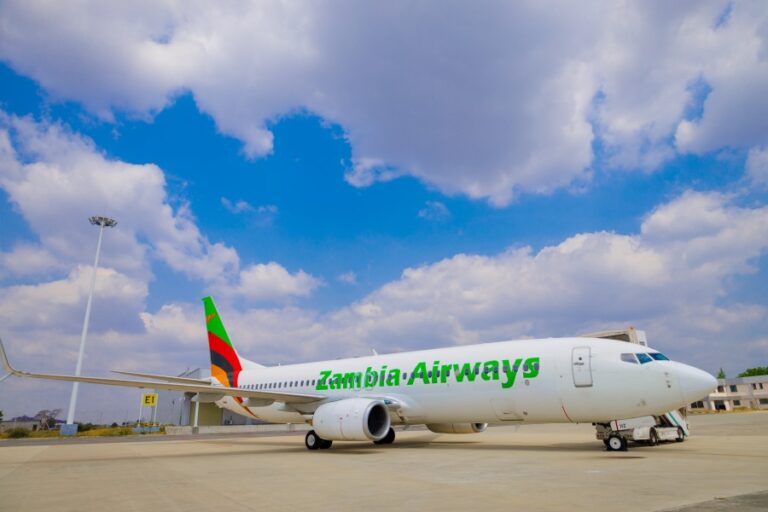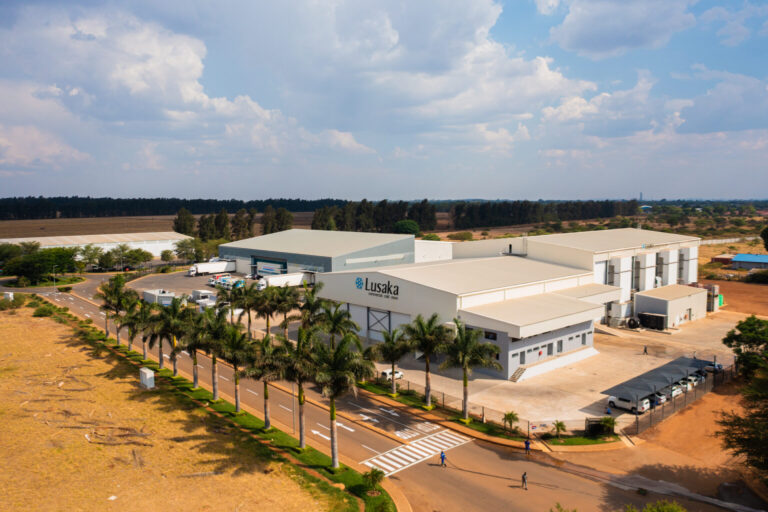Kenya has just allowed flights operated by Zambia Airways 2014 Limited into its territory. The move has been taken positively by the Minister of Transport and Logistics, Hon. Eng. Museba Frank Tayali of Zambia. This happened in the wake of a notice from the Zambia Civil Aviation Authority announcing that flights from Kenya Airways into the country had been suspended, a situation which was resolved amicably between the two countries.
Minister Tayali has praised Kenya’s decision to permit Zambia Airways to begin operating flights into the nation as a positive move toward deepening the two nations’ ties. He pegged the development on how this cooperation shows the good connections and mutual respect that exist between the governments of the Republic of Zambia and Kenya, characterizing it as an exhibit of comradeship and goodwill between two sister nations.
My office has been working tirelessly with the CAA, and now it has all been settled amicably to the benefit of the two nations.” He hailed the CAA for running its business very professionally, saying the issue has clearly demonstrated that disputes can be resolved smoothly if taken with diplomacy and cooperation. Tayali seemed excited over the agreement reached between the two countries and highlighted that both Zambia and Kenya would greatly benefit from it.
The Minister underlined that air transport has a pivotal role in improving regional connectivity and that this partnership between the two countries is of critical importance to the growth of the economy and the development of the region. Tayali underlined the necessity of reinforcing the air transport sector, as it creates a critical avenue for better connectivity not only within but also beyond Africa. Efficient and reliable air transport links are crucial in fostering trade, tourism, and business opportunities to further the economic aims of both countries.
In this context, Tayali also insisted that Zambia and Kenya hasten talks to promote cooperation in the exportation of fresh agricultural produce to other Western and Asian markets. Improved air connectivity between Zambia and Kenya will definitely boost the export sector while opening new markets for farmers and producers from both countries, he said.
Tayali also urged the two airlines to encourage good international aviation principles that will ensure high levels of efficiency, safety, and security standards in aviation practices. He called upon both Zambia Airways and Kenya Airways to ensure improvement in passengers relations and first-class services to satisfy customers. Ensuring the skies are safe and secure and providing a service that is reliable and efficient are crucial to the success of the two regional airlines.
This is a positive step in aviation cooperation between the two countries, especially since the Kenya Civil Aviation Authority had written to them to confirm that they had no objections to Zambia Airways flying into Nairobi. This resolution is, in fact, a follow-through on an earlier decision made by the Zambian Civil Aviation Authority to suspend all Kenya Airways flights into Zambia, effective from 8th October 2024. The issue has been settled, with both countries now focusing on the way forward with strengthened aviation ties.
This development reflects the bigger ambition of both Zambia and Kenya, in fostering regional cooperation, particularly in air transport, which plays an important role in stimulating economic growth, accelerating regional integration, and opening new routes of trade. With Zambia Airways planning flights into Kenya, the two countries will now enjoy improved connectivity, with increased levels of collaboration within the aviation space. This is a move that is testament to the power of diplomacy and cooperation to ensure the doing of a common solution to complex problems for the advancement of shared prosperity.











